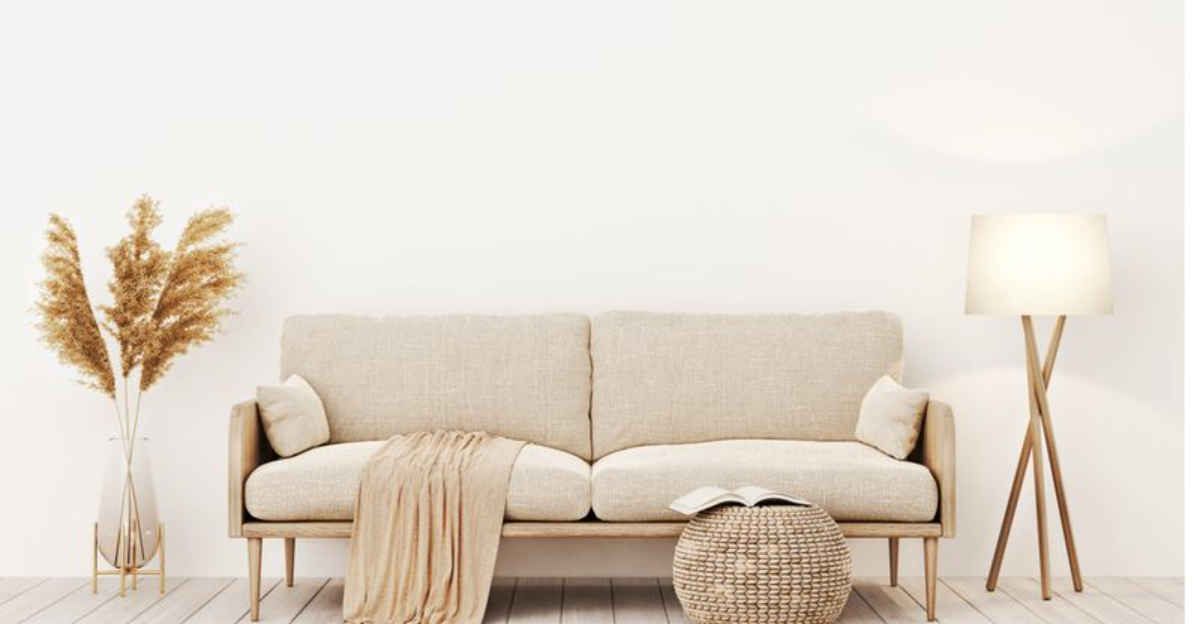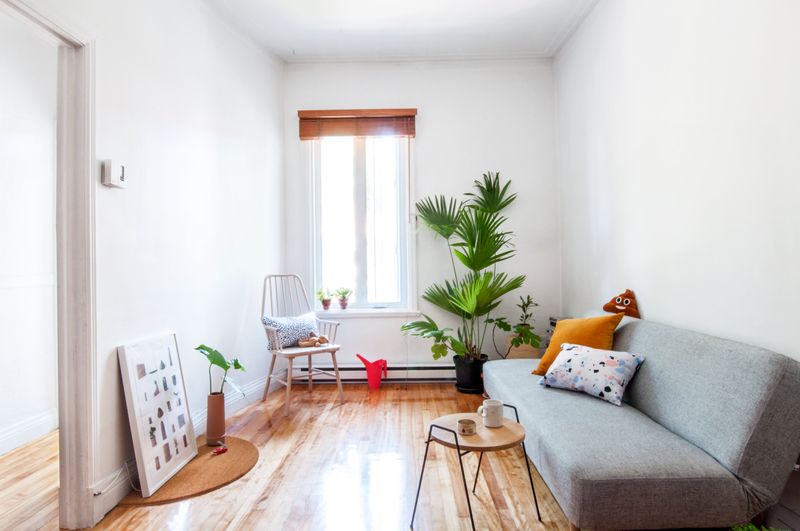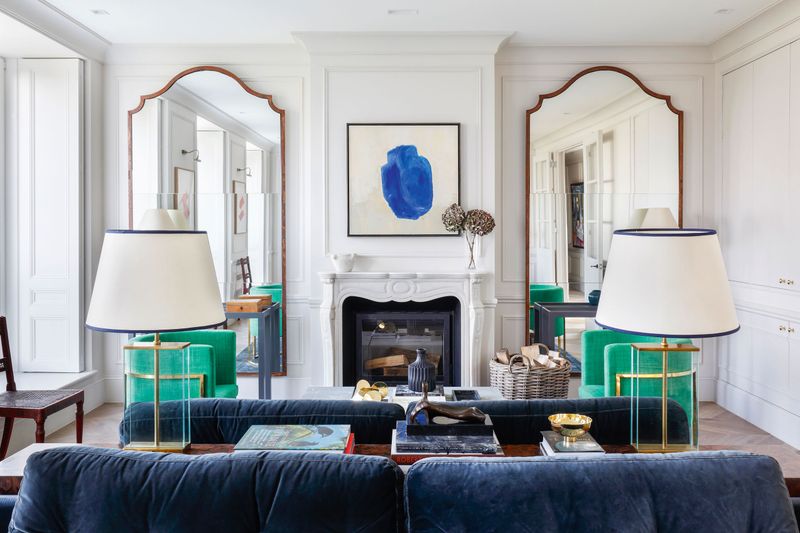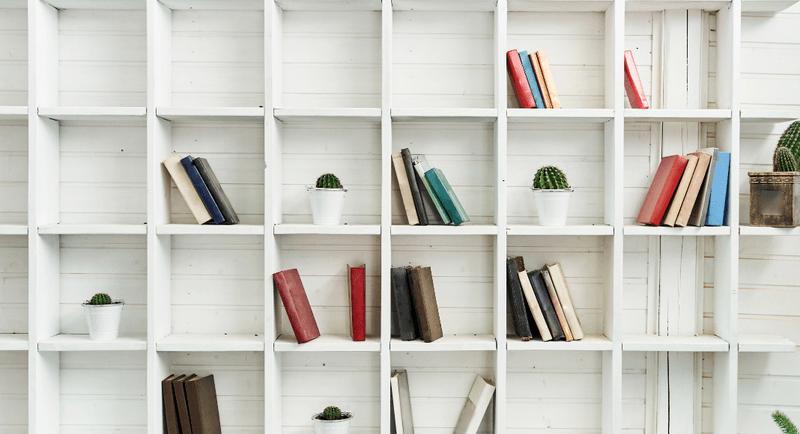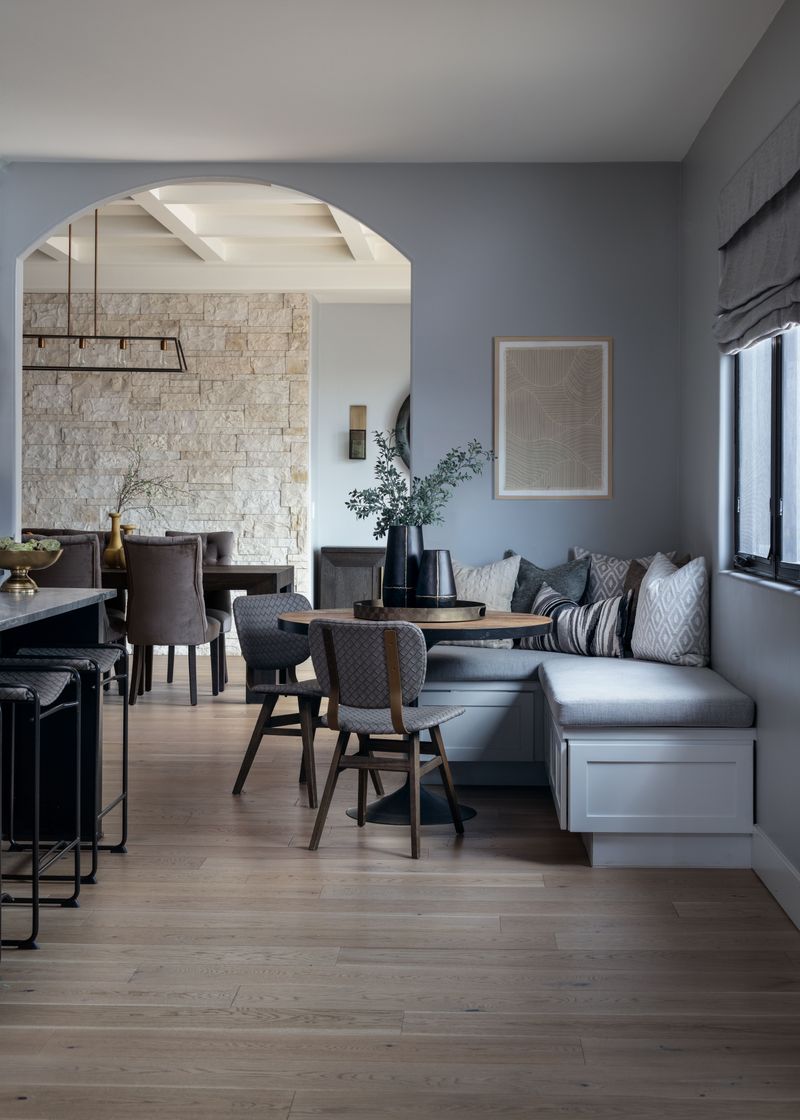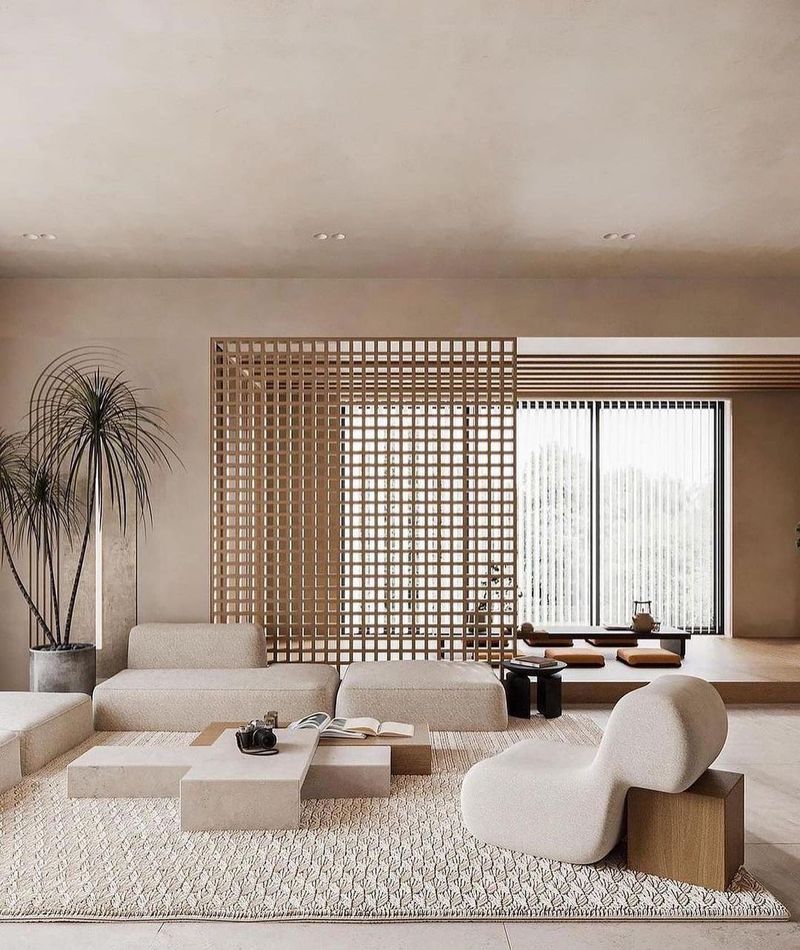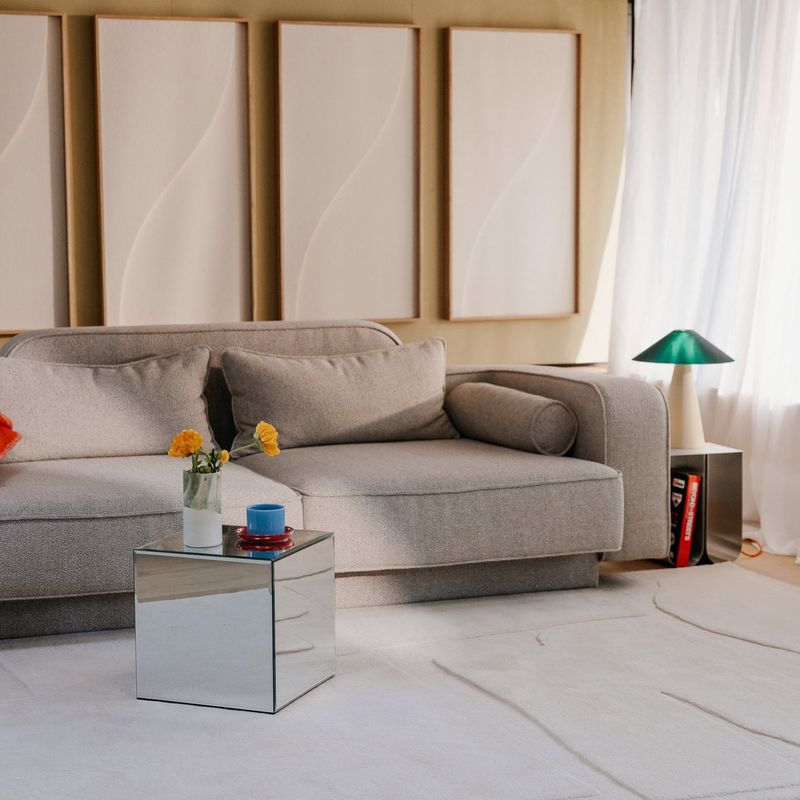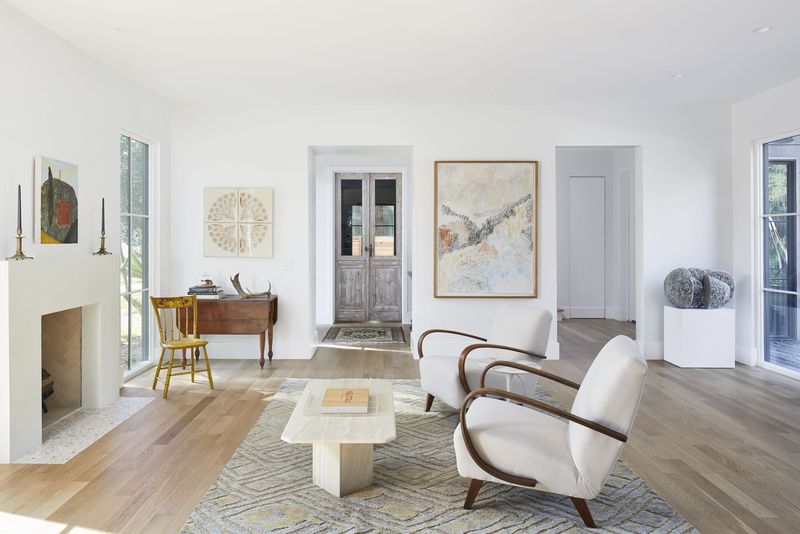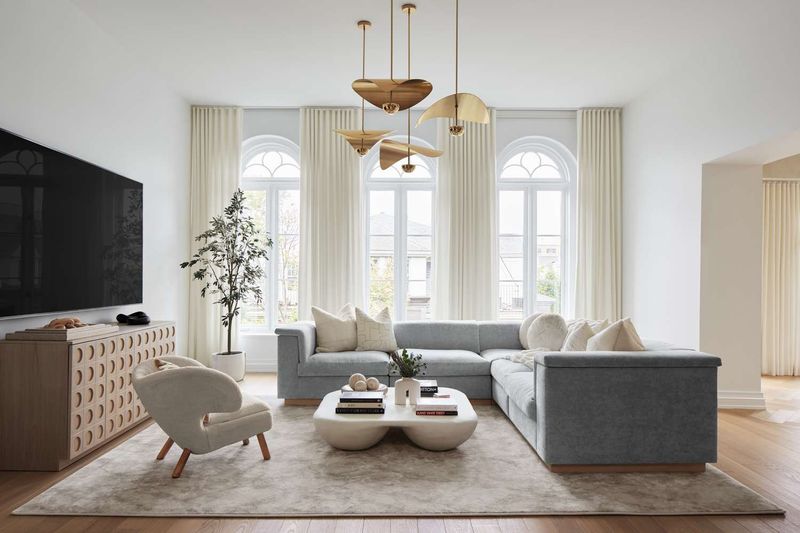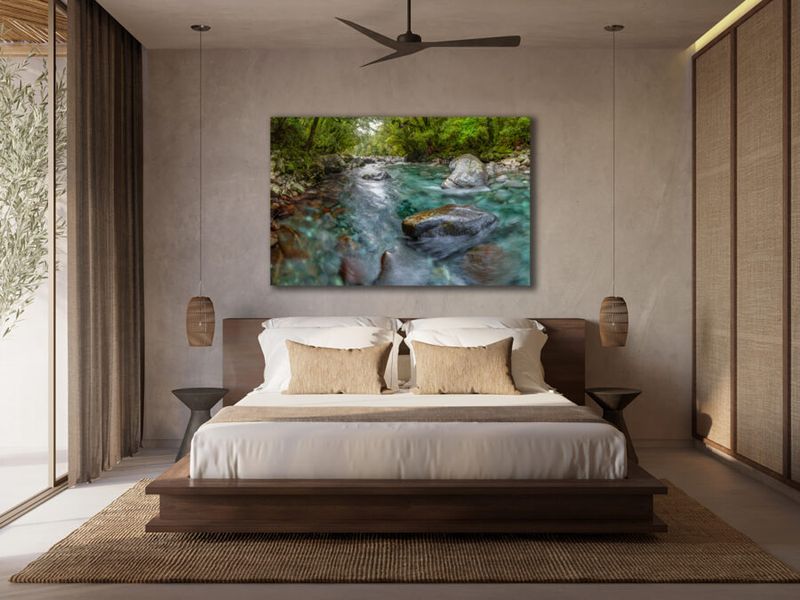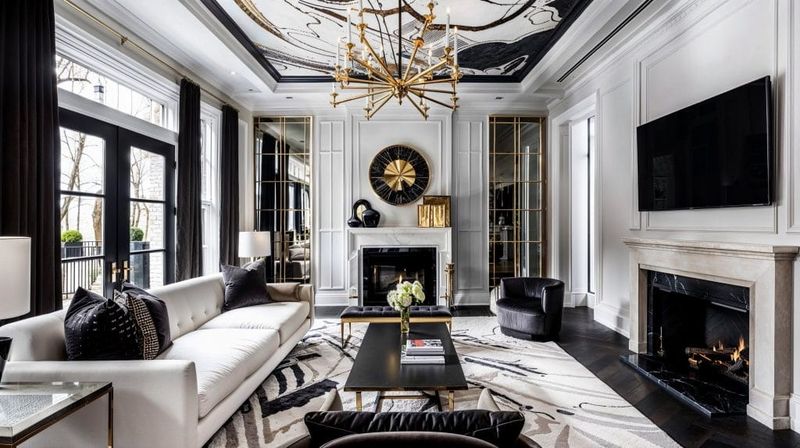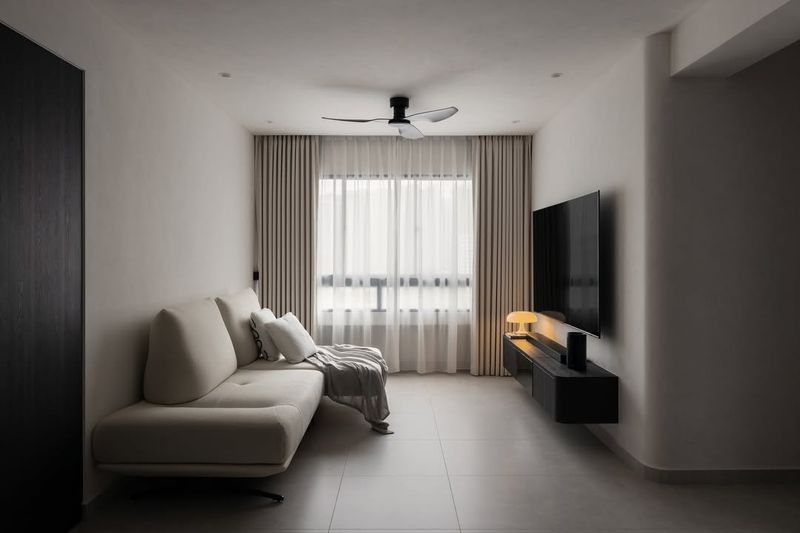Ever walked into a house that felt more like a museum than a home? That chilly, empty feeling isn’t just about temperature.
Houses can feel cold and unwelcoming for many reasons, from design choices to missing personal touches.
Let’s explore what makes some spaces feel unlived-in and how you can avoid these common pitfalls in your own home.
1. Sparse Furnishings
Minimalism gone too far creates an echo chamber rather than a sanctuary. When furniture is scattered like lonely islands in a sea of empty space, the room feels abandoned rather than designed.
People naturally gravitate toward cozy, filled spaces that offer comfort and functionality. Without enough seating options or surfaces to set down a drink, guests will feel awkward and unwelcome in your home.
2. Blank Walls
Bare, unadorned walls without a hint of personality are the quickest way to make a home feel like a temporary space. Those empty expanses tell visitors nobody cares enough about the space to make it their own.
Without art, photos, or decorative elements, walls become cold boundaries rather than opportunities for expression. Even rental properties benefit from temporary solutions like removable wallpaper, command strips for frames, or leaning artwork on shelves.
3. Absence of Personal Items
Walking into spaces without family photos, travel souvenirs, or cherished mementos feels like entering a hotel room rather than someone’s personal sanctuary. These missing elements are the soul of a home.
Your collection of personal items tells your unique story and creates conversation starters for guests. Without these touchpoints, visitors have nothing to connect with, making interactions feel as sterile as the environment around them.
4. Harsh Lighting
Forget the torture of interrogation rooms – harsh overhead lighting in homes creates nearly the same uncomfortable feeling! When bright, clinical bulbs cast unflattering shadows and highlight every imperfection, relaxation becomes impossible.
The human brain responds negatively to aggressive lighting. Our ancestors gathered around warm fires, not fluorescent tubes. Layered, soft lighting at different heights creates depth and invites people to linger rather than escape.
5. Excessive Symmetry
While order has its place, rooms arranged with military precision feel more like furniture showrooms than lived-in homes. That perfect mirror-image arrangement signals that no one actually uses the space.
Humans naturally create slight asymmetry through daily living. When everything aligns too perfectly, it suggests the absence of life and spontaneity. Breaking symmetry with a casually draped throw or slightly angled chair introduces the warmth of human presence.
6. Lack of Textiles
Rooms without curtains, rugs, throw pillows or blankets feel acoustically hollow and visually stark. These textile elements do more than decorate – they literally soften a space both physically and emotionally.
Sound bounces harshly off bare surfaces, creating an institutional feel. Without the varied textures of fabrics, rooms lack the tactile invitation that makes people want to linger. Adding layers of textiles creates both visual depth and acoustic comfort.
7. Empty Bookshelves
Vacant shelves staring back at visitors create an eerie void in any room. These unused display opportunities suggest either temporary residence or a concerning lack of interests and hobbies.
Books, collections, and curated objects tell stories about who lives there. Their absence speaks volumes too – but not in a good way! Even minimalists benefit from thoughtfully arranged shelves that showcase a few meaningful items rather than nothing at all.
8. Cold Color Palette
Stepping into rooms dominated by icy blues, stark whites, and cool grays can literally make you shiver! These chilly tones might look sleek in magazines but often create psychological distance in real homes.
Color temperature affects our emotional response to spaces. While cool palettes can work beautifully, they need warming elements to balance their inherent coldness. Without touches of warm neutrals or accent colors, cool-toned rooms can feel institutional rather than inviting.
9. Extreme Clutter-Free Spaces
Contrary to what minimalist influencers might suggest, spaces completely devoid of normal life evidence feel strangely artificial. When not a single magazine, remote control, or coffee mug is visible, rooms feel staged rather than inhabited.
Real living creates small, charming disruptions. A thoughtfully placed basket for everyday items strikes the perfect balance between organization and livability. The goal should be tidy comfort, not the appearance that no one actually lives there.
10. Echoing Acoustics
Your voice bouncing back at you in empty-feeling spaces creates an immediate sense of abandonment. These echo chambers amplify footsteps and conversations in ways that feel unsettling rather than homey.
Sound absorption is crucial for comfort. Spaces without soft surfaces to capture sound waves feel institutional and temporary. Adding textiles, upholstered furniture, and even strategic art pieces helps create the acoustic signature of a well-loved home.
11. Bare Floors
Walking across vast expanses of uncovered hardwood or tile feels distinctly unwelcoming, like traversing a public building rather than entering someone’s personal sanctuary. These naked surfaces create both visual and physical coldness.
Area rugs do more than decorate – they define spaces, add warmth, and literally soften your steps. Without these textile islands, rooms feel unfinished and transitional rather than settled and inviting to bare feet.
12. Absence of Plants
Spaces devoid of living greenery feel strangely static and lifeless. Without plants’ organic shapes and natural vitality, rooms lack the breathing presence that makes environments feel nurturing.
Even those without green thumbs can incorporate low-maintenance options like snake plants or pothos. The biophilic connection we feel with plants is deeply rooted in human psychology – their absence creates subtle discomfort we might not consciously identify but definitely feel.
13. All-New Furniture
Rooms furnished entirely with brand-new pieces straight from showrooms lack the character and soul that comes with time and use. This catalog-perfect appearance creates an impersonal backdrop that feels more like a staging than a home.
Incorporating even a few pieces with history – perhaps a vintage side table, inherited artwork, or antique lamp – adds depth and storytelling to spaces. These elements with patina create visual anchors that ground rooms in personal history.
14. Impersonal Artwork
Generic canvas prints featuring meaningless abstracts or mass-produced landscapes create a hotel-room aesthetic rather than a personal sanctuary. These placeholder pieces signal temporary residence rather than meaningful curation.
Art should spark joy or conversation, not merely fill wall space. Even simple framed children’s drawings or personal photography collections create more warmth than expensive but soulless decorative pieces chosen solely to match a color scheme.
15. Overly Staged Accessories
Books arranged by color rather than content. Perfectly symmetrical vase arrangements. Decorative bowls containing exactly three identical spheres. These overly contrived vignettes scream “nobody actually lives here!”
Authentic homes contain thoughtfully arranged but slightly imperfect groupings that evolve over time. When accessories look like they’ve never been touched or rearranged, they create visual tension rather than interest. Allow your decor to breathe with natural, evolving arrangements.
16. Too Much Metal and Glass
Sleek and modern? Perhaps. But rooms dominated by reflective surfaces like metal and glass create literal and figurative coldness that can make spaces feel like upscale offices rather than homes.
Our ancestral brains still seek the warmth and safety signals of natural materials. Without balancing elements like wood, textiles, or stone, metal-and-glass environments trigger subtle fight-or-flight responses rather than relaxation. This explains why all-glass houses often feel impressive but rarely cozy.
17. Missing Cozy Layers
Rooms without throw blankets, cushions, or layered lighting lack the invitation to linger that makes houses feel like homes. These missing comfort signals create a “look but don’t touch” atmosphere.
Humans instinctively seek cocoon-like environments for relaxation. Without soft layers to wrap ourselves in, spaces feel transactional rather than nurturing. Adding just a few strategically placed throws and pillows transforms rigid seating into inviting nests that encourage people to stay awhile.

